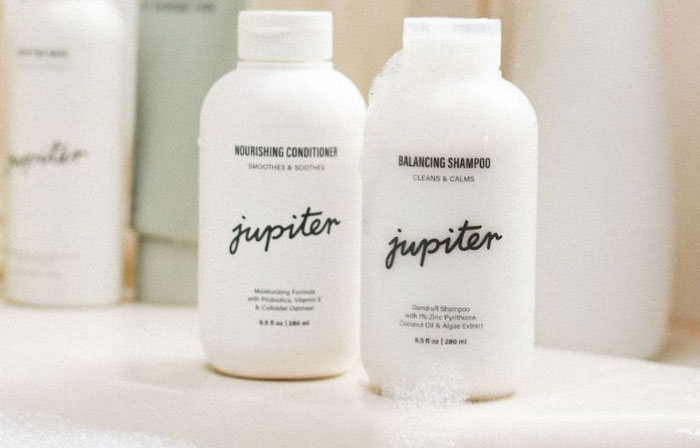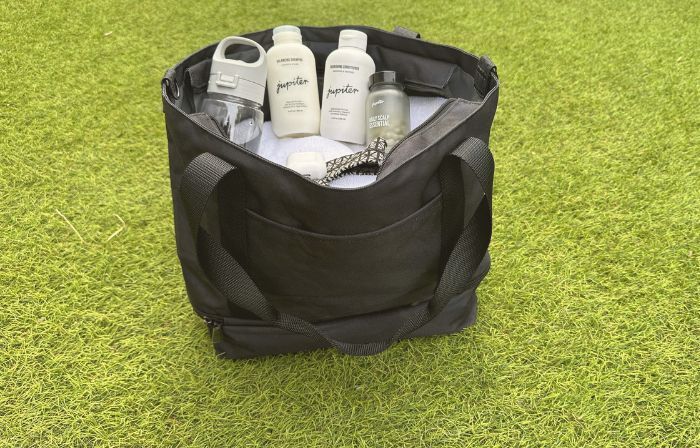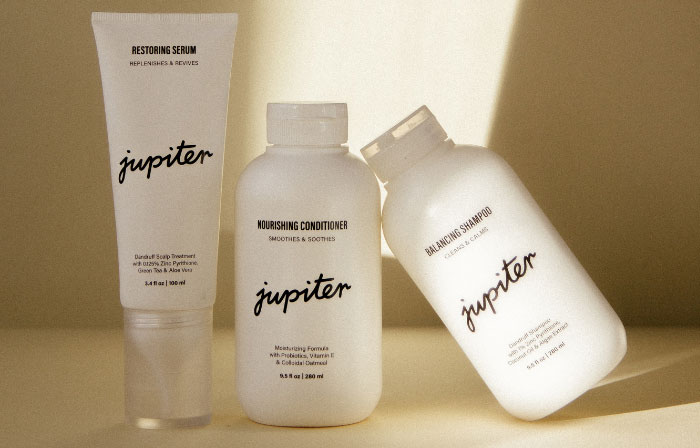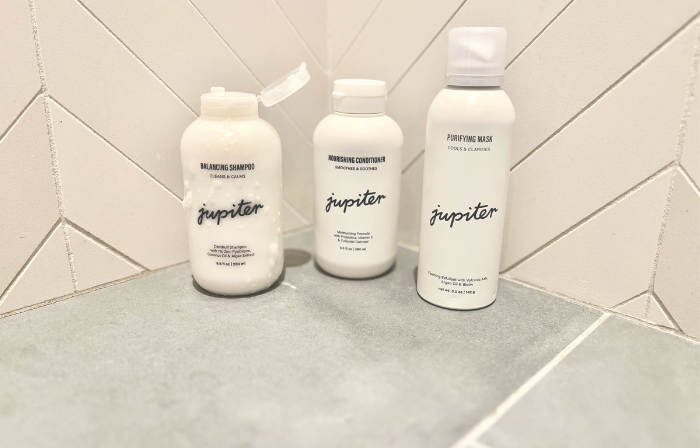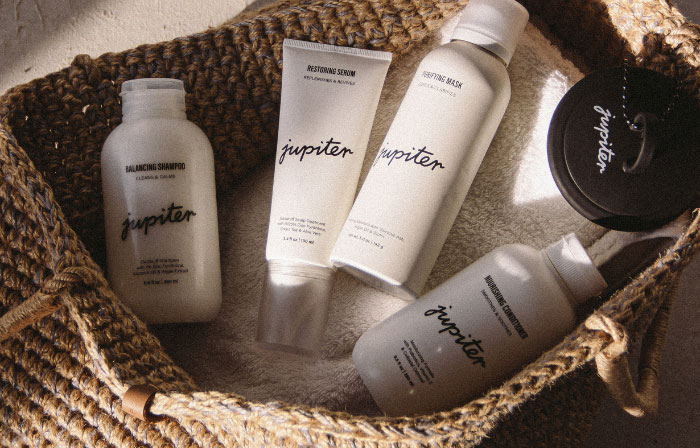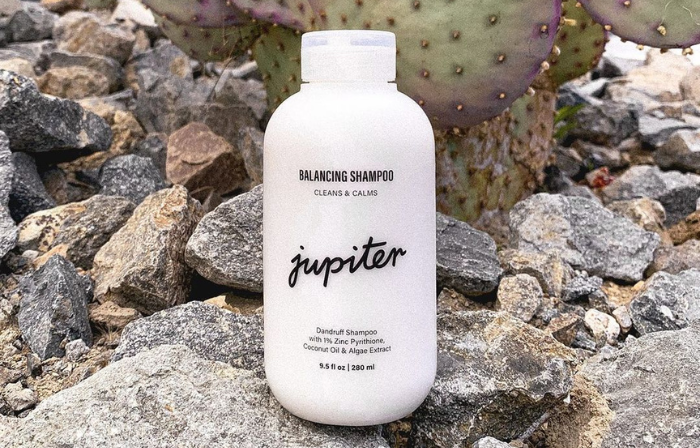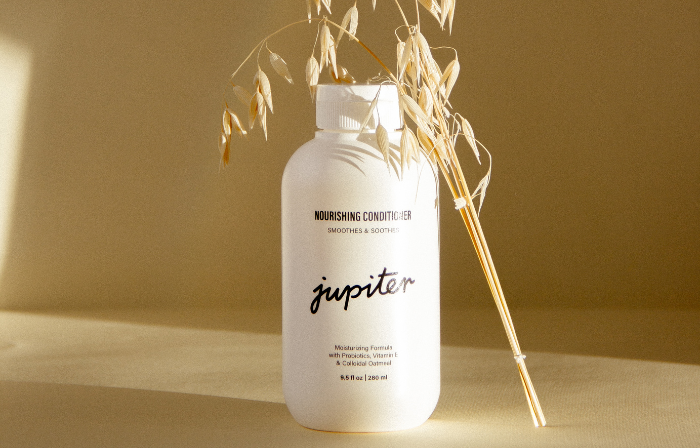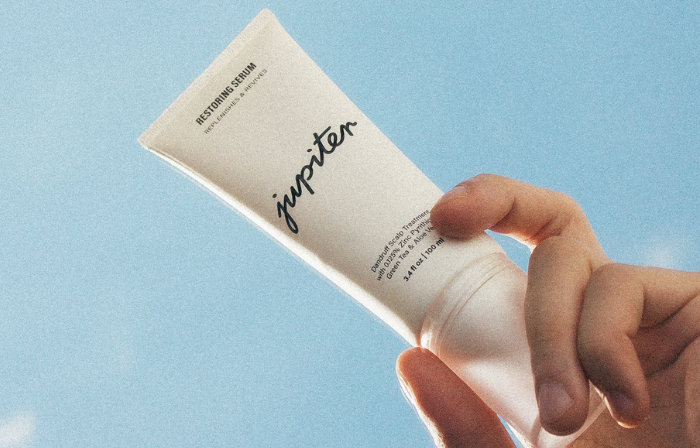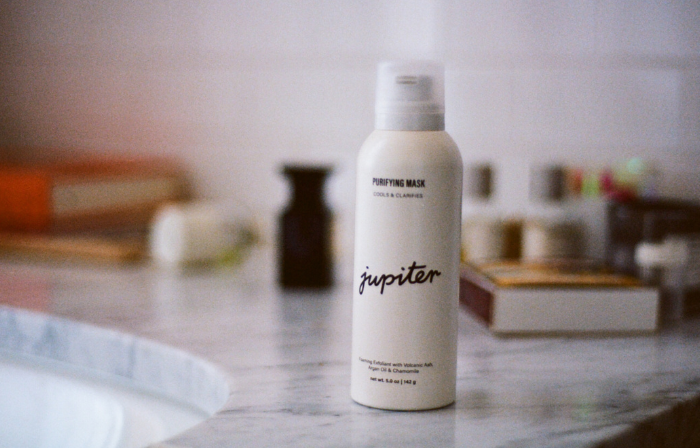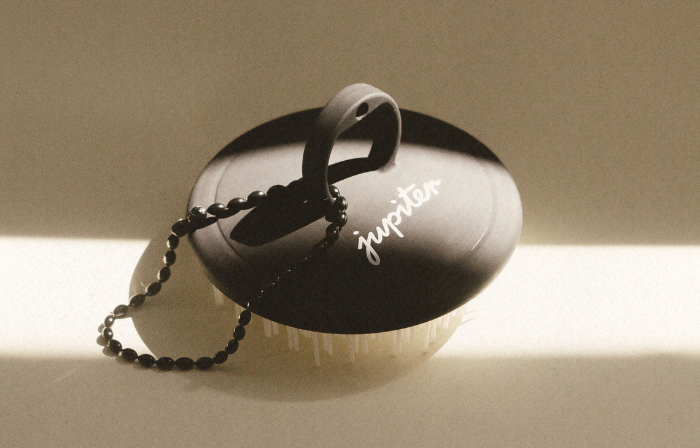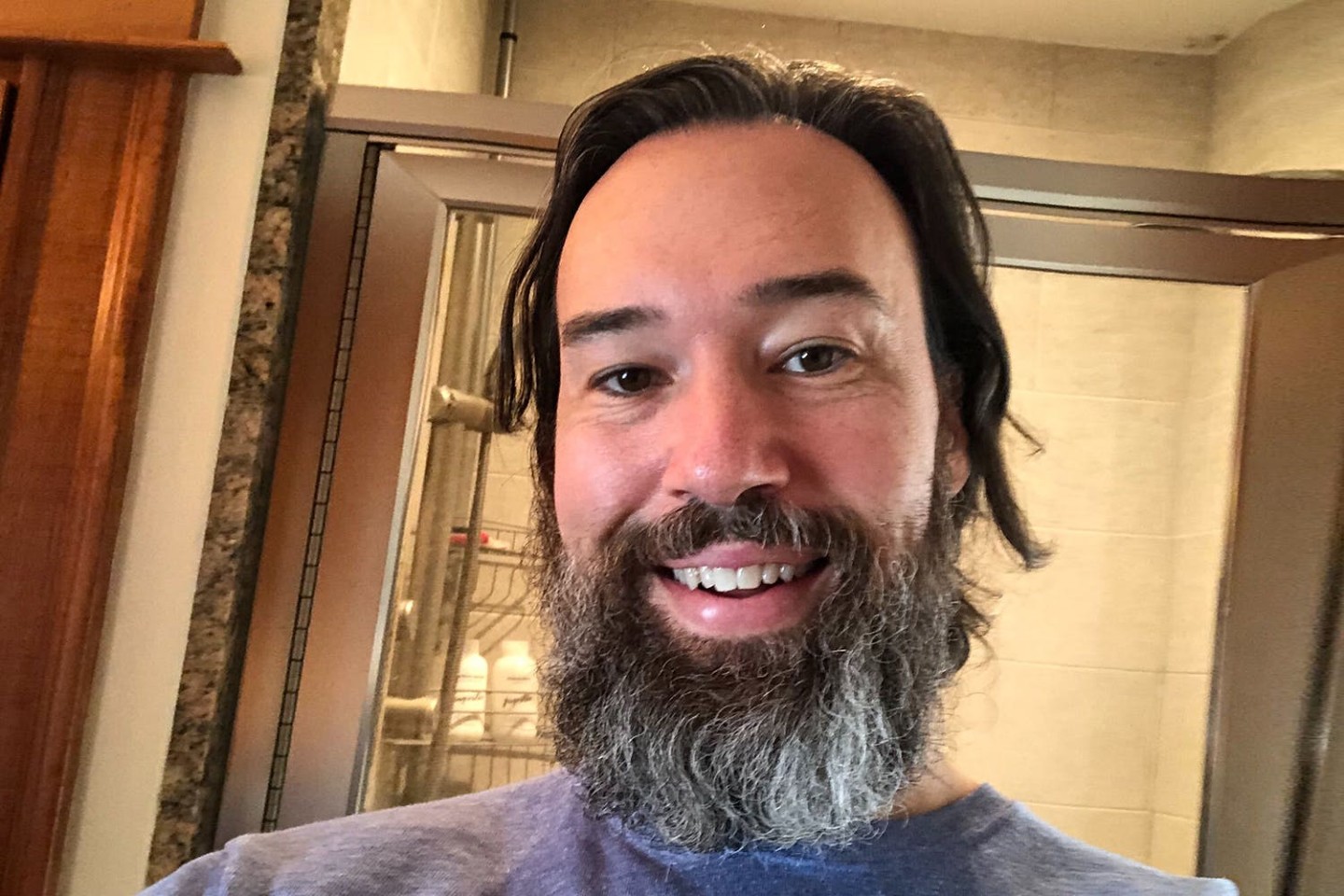🫶🏻 OUR 5% PLEDGE TO HER
#STRONGHERTHANYESTERDAY - WE DONATE 5% TO WOMEN-DRIVEN CHARITIES. LEARN MORE.
Are those actually dandruff flakes in my beard? That’s right, beard dandruff is a thing and affects many people with facial hair. Even the most lustrous, well-kept beards out there might experience the itching and flaking of dandruff.
Beard dandruff occurs when the skin under your facial hair is left malnourished and starved of moisture. So while your beard shines in its full glory, the skin underneath may be dry, oily and flaky. Thankfully, there are a few things that you can do to handle such a hairy (get it?) situation. So don’t worry, we’ve got you covered, and we’ll lay out everything in this article, including what beard dandruff is, what causes it, how you can get rid of it, and more.
What is Dandruff?
Dandruff is a common skin condition that more than 50% of the world experiences at some point in their lives. Not just an affliction of the scalp, dandruff flakes can occur anywhere with a hair follicle, including facial hair and even your eyebrows.
Many different underlying conditions can trigger the irritation that leads to dandruff and flaky skin. Conditions like seborrheic dermatitis or eczema can be the root culprits of flaking and dryness, as can many other conditions. Other factors thought to play a role in making people susceptible to dandruff include pollution exposure, humidity levels, cold weather, fungal infections, sebum buildup, stress, genetics, and diet. Read on below to find out what the causes of beard dandruff are and how you can get rid of it.
What Causes Beard Dandruff?
A yeast called Malassezia naturally lives on our skin and scalp. Many researchers believe that a root cause of dandruff is an overgrowth of this yeast. Malassezia likes to feed on your skin’s oils and, for still unknown reasons, this irritates some people’s skin. Dead skin cells then slough off, and you can experience both oil and flake problems.
When the normal skin cell turnover process speeds up, it can lead to the accumulation of dead skin cells or dandruff flakes. In some cases, not washing your beard enough could cause a buildup of oils and skin cells, while in other cases, the skin under your beard may be dried out and flaking. Regardless of why you’re experiencing beard dandruff, it’s easy to treat.
...not washing your beard enough could cause a buildup of oils and skin cells, while in other cases, the skin under your beard may be dried out and flaking.
Beard Dandruff: How To Treat Flaky Facial Hair
While it may sound strange, beard dandruff (or beardruff) can be quickly treated with scientifically formulated dandruff treatments, grooming products, and skin care products (yes we’re talking about shampooing your facial hair). Regular use of a medicated dandruff shampoo, beard balm, beard wash, exfoliant, and moisturizer in your grooming routine can all help to curb the flakes in your beard.
Talk to your healthcare provider regarding treatments for your individual skin type. The main treatments for beard dandruff and scalp dandruff are anti-dandruff shampoos, creams, and lotions. If non-prescription products and your skincare routine just aren’t cutting it, your healthcare provider may suggest you try one or more treatments, such as antifungal gels, creams, lotions, foams, or shampoos.
Sebaceous glands are found in your hair follicles. The glands can clog, so it is very important to keep those glands healthy by following a skincare routine that involves cleansing and moisturizing. Healthy hair, even beard hair, starts with a healthy microbe environment.
Seborrheic dermatitis can worsen under mustaches or beards. Shampooing with a dandruff shampoo that has ketoconazole daily can help improve symptoms. Then switch to shampooing once a week or once every two weeks. You can also shave your beard to ease some of the symptoms. You can use a ketoconazole face wash, cleanser, and a beard brush to help promote and maintain your best beard yet.
Beard grooming is important as well. Taking care of the skin on your head and face are key to promoting healthy skin. Malassezia globosa is the yeast that lives on your skin and feeds on the dead skin cells, which can cause flaking. Having and maintaining a healthy scalp and skin can go a long way.
You can shampoo your beard hair the way you would wash the hair on your head. Opt for a medicated beard shampoo that’s specifically designed to treat dandruff. Jupiter's Balancing Shampoo uses the safe and effective active ingredient Zinc Pyrithione to get rid of flaking.
Gently massage the shampoo into your beard and make sure it reaches the skin underneath. Wait for a minute or two before rinsing it out, and avoid using hot water as this can dry out and further irritate your skin.
Next, you need to exfoliate your dry skin. Exfoliation is a process that helps to remove dead skin cells, including dandruff flakes. You can use an exfoliating brush with soft bristles to effectively clear out dead skin. An exfoliating brush will also help to distribute oils from your skin, which makes your beard softer and easier to manage. Before cleaning your beard, make sure to gently massage the skin under your beard with the brush, but don’t scrub too hard since this can make dandruff worse.
Lastly, moisturizing your beard and the skin underneath is a crucial step to help get rid of dandruff, as it hydrates and protects your skin after shampooing. While most people would assume to use lotion as their moisturizer, it’s actually hard to use on beards and would probably leave a lot of residue. Instead, opt for a gentle conditioner or hydrating oil such as jojoba oil, beard oil, coconut oil, or argan oil.
Apply conditioner immediately after cleansing by rubbing a few drops between your hands and massage it into the skin under your beard while working it through to the ends. One or two drops should do the trick.
How Can I Prevent Dandruff From Coming Back?
While dandruff cannot be cured, those white flakes can be easily managed. It’s important that you keep up with your routine, even after you’ve successfully gotten rid of beardruff, to keep your skin and facial hair flake-free. This is especially true when it comes to washing and moisturizing, so try to regularly use a bit of dermatologist-tested beard care products, dandruff shampoo, and moisturizing conditioner in your beard a couple of times a week to keep your flaky beard and natural oils under control.
For added control, a leave-in product formulated with the active ingredient Zinc Pyrithione is a great way to keep your beard flake free between washes. Our Restoring Serum is exactly that! A medicated leave-in product that can be applied directly to the skin under your facial hair to treat flaking.
How Jupiter Can Treat Beard Dandruff
Beard dandruff can easily be treated and isn’t worth giving a flake about. Simple changes to your routine and the right product can go a long way. Try our scientifically formulated Balancing Shampoo to treat flaking and itching and our Nourishing Conditioner to add that touch of moisture to keep your beard feeling its best and flake-free. And check out our Restoring Serum for that added control between washes.
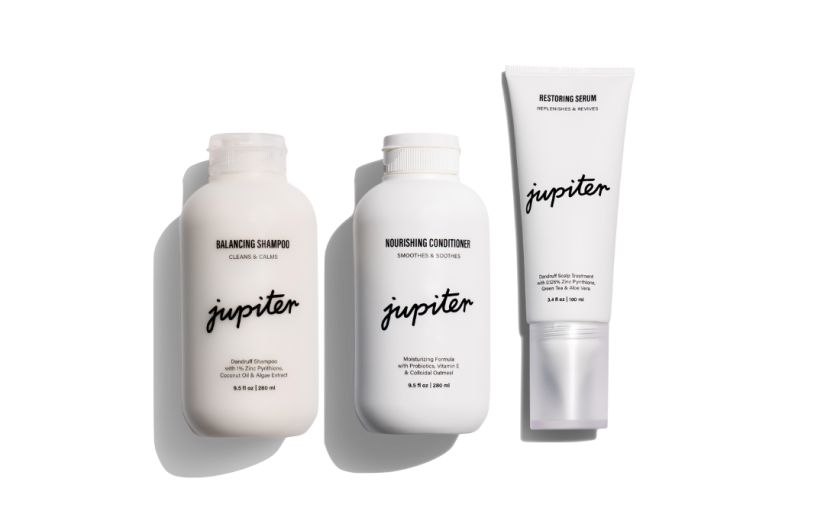
The award-winning medicated Shampoo and Serum target your flaking, and the Conditioner keeps your locks bouncy and beautiful. Safe for everyday use. Consider the Oil Control + Exfoliation Set if you're looking for maximum control and comfort.
Travelling? Check out our Weekender Capsules for on-the-go scalp care.
